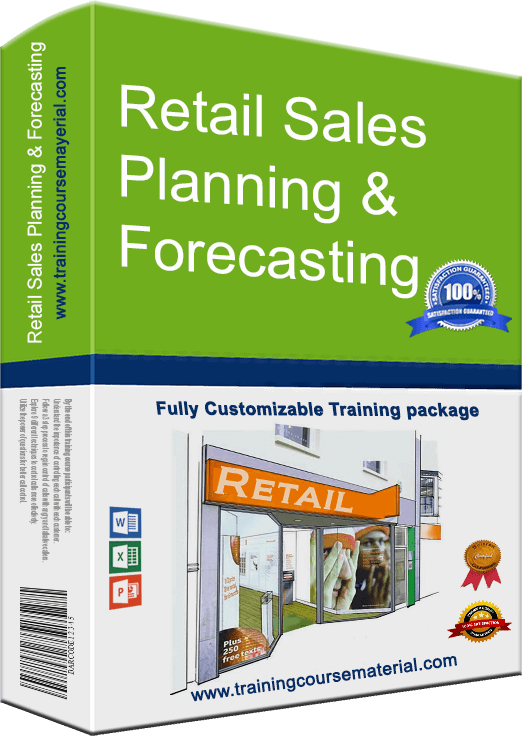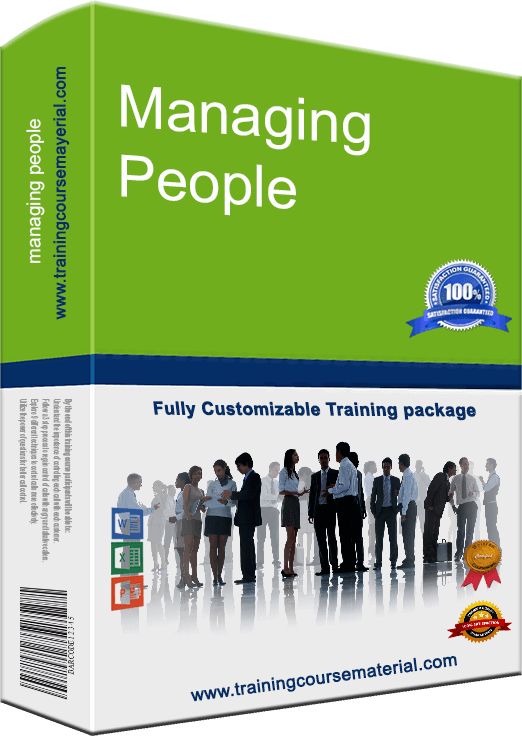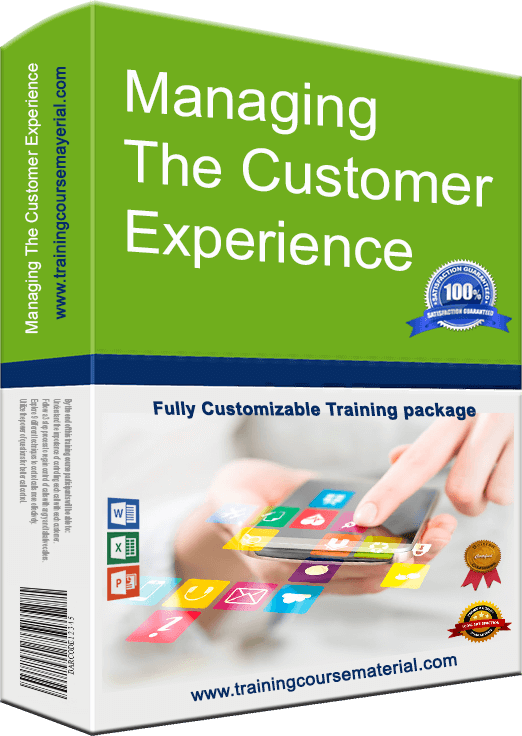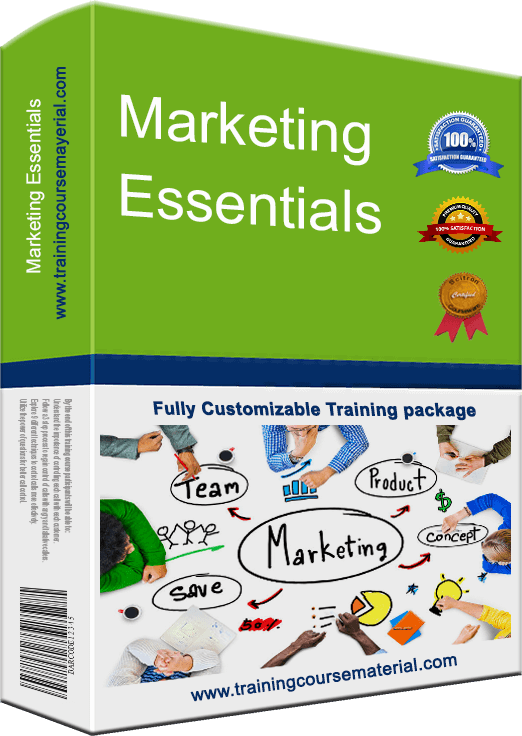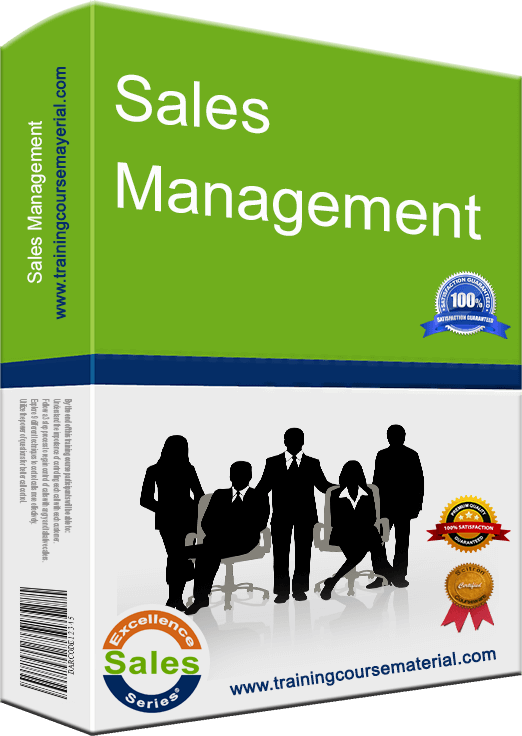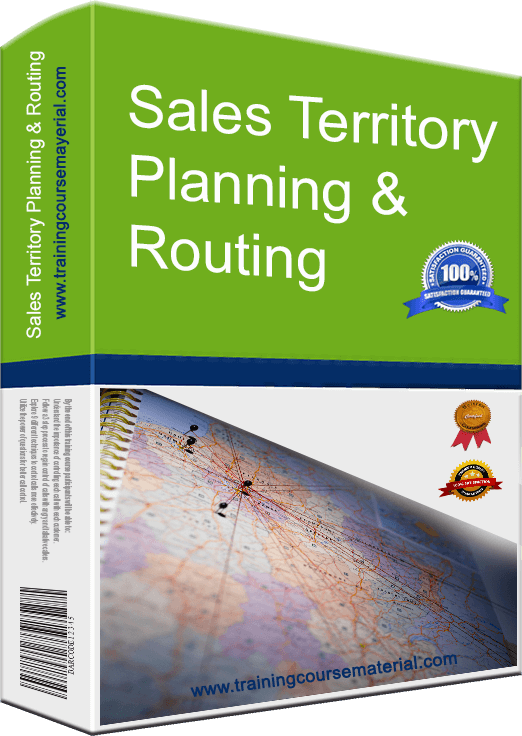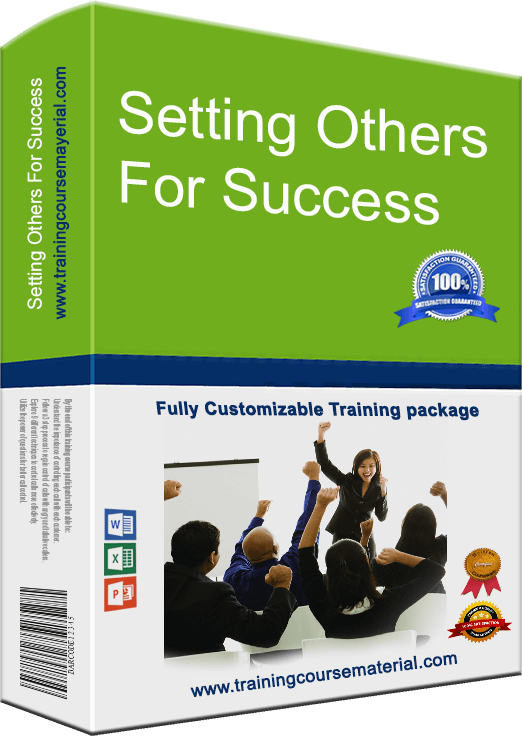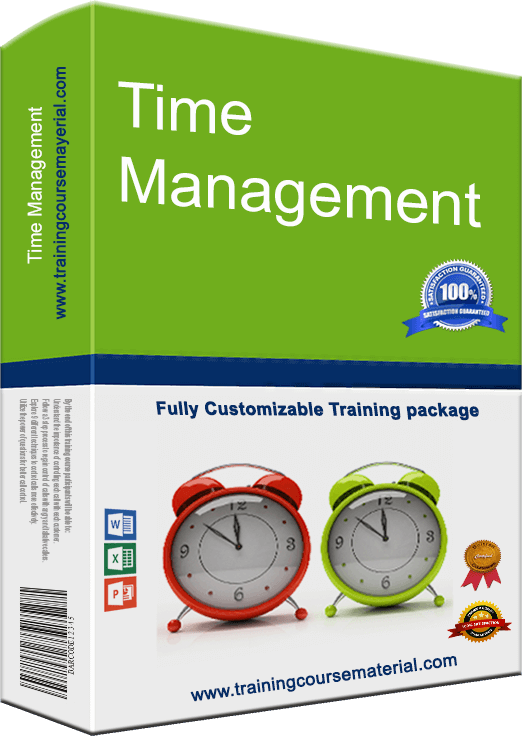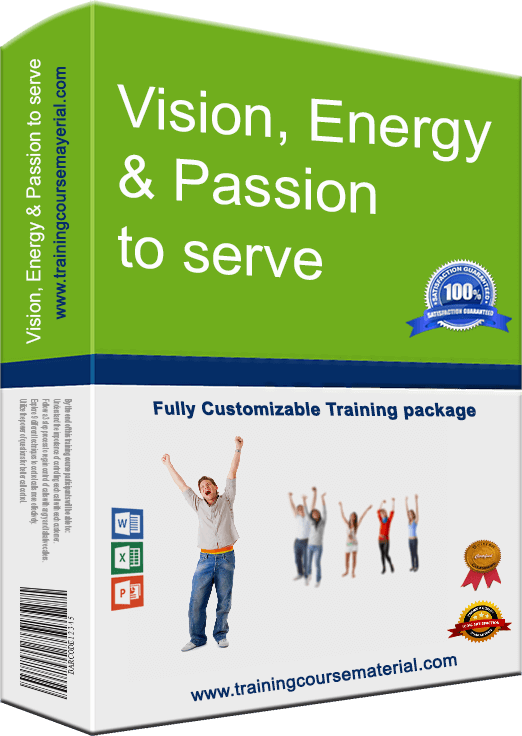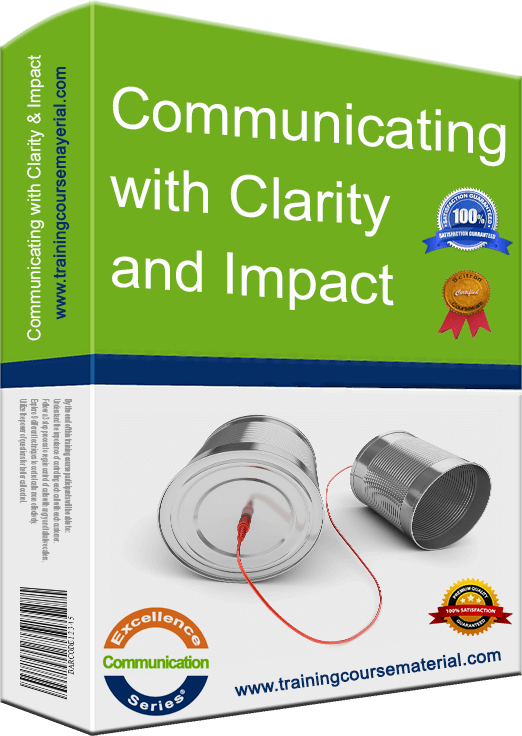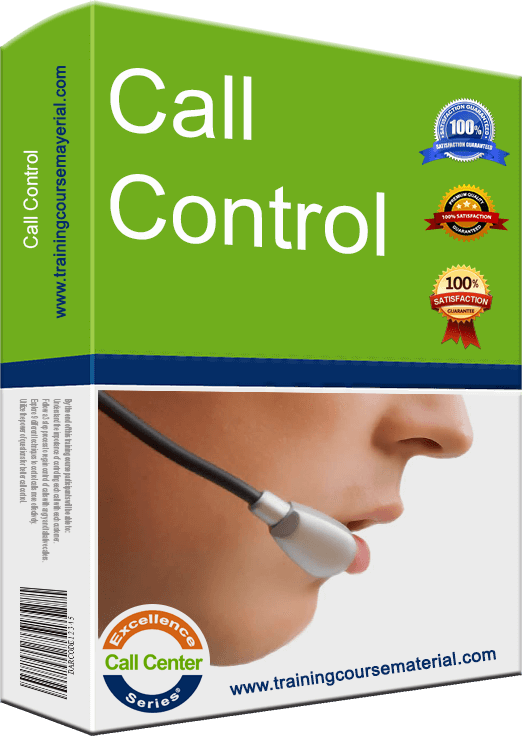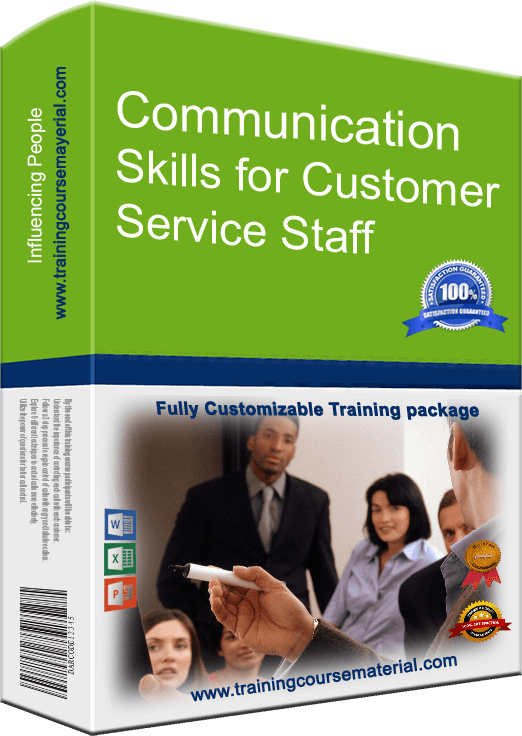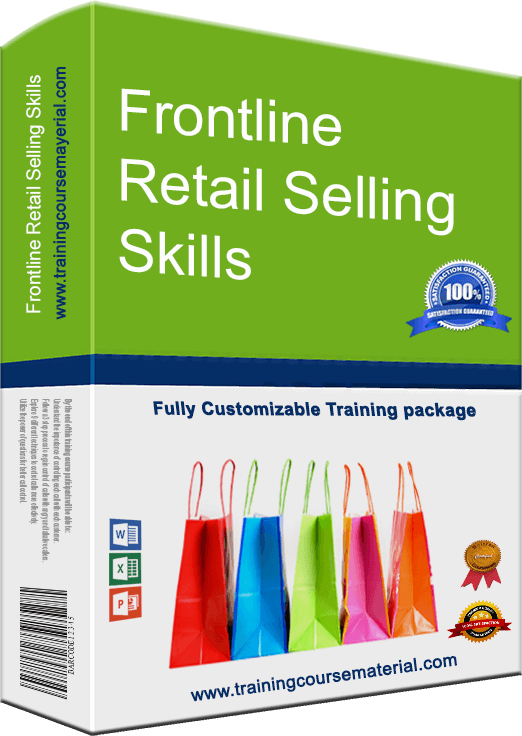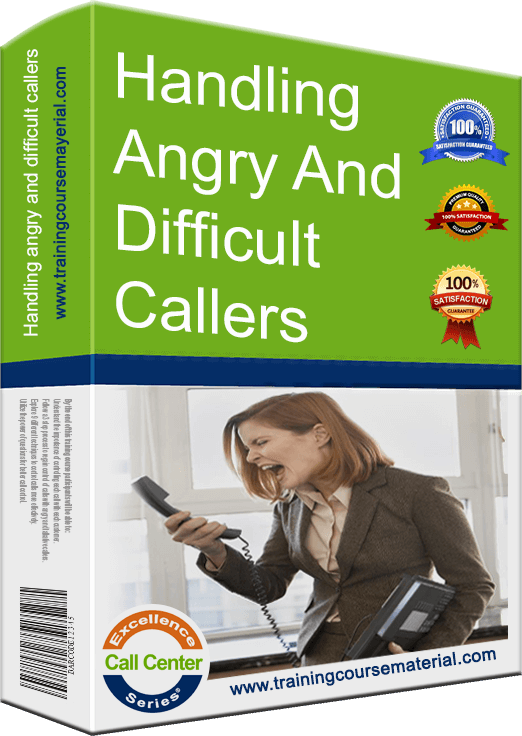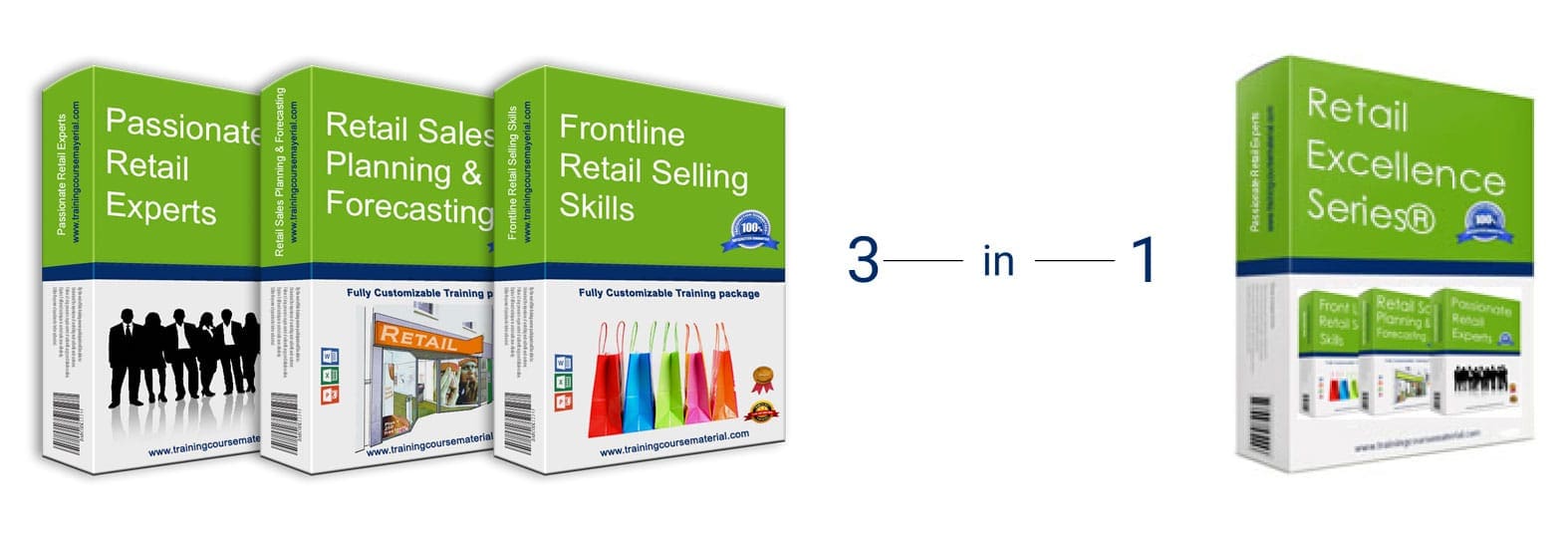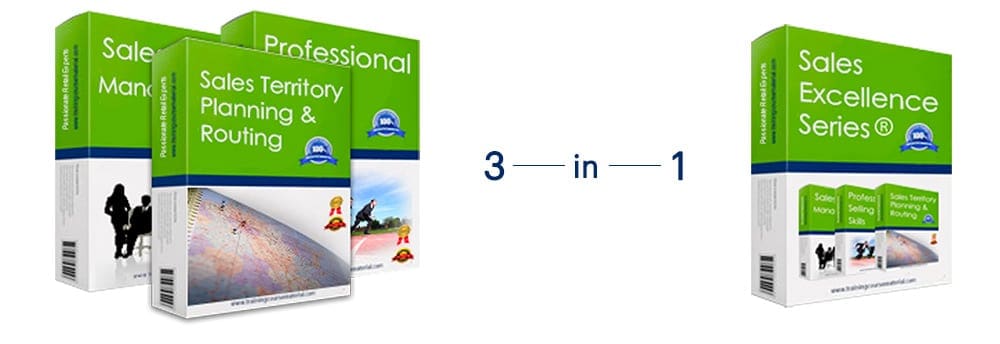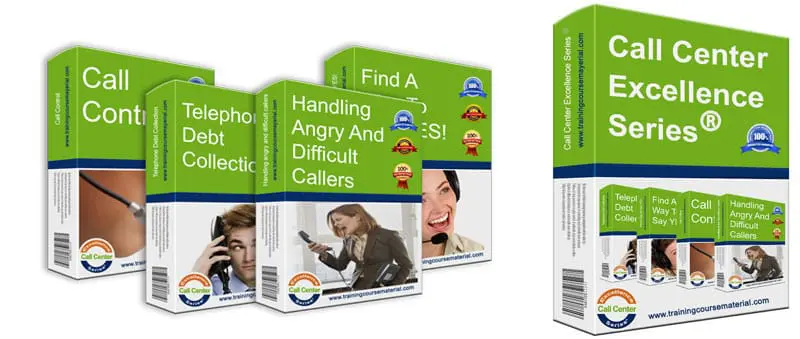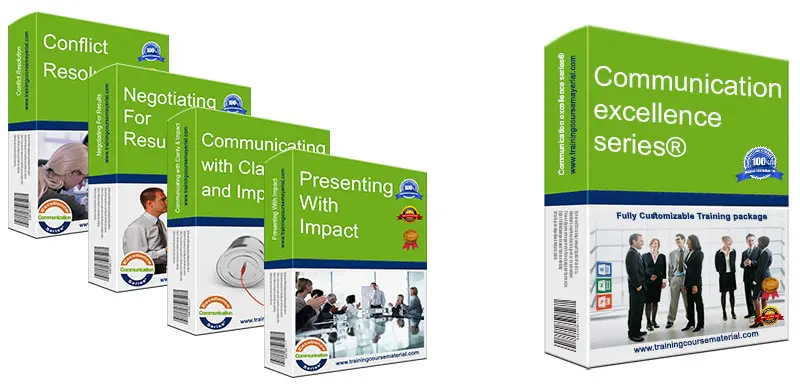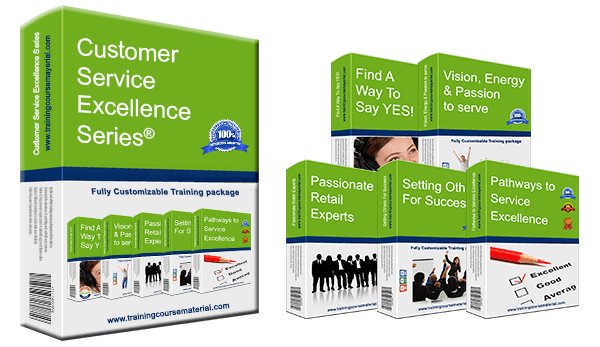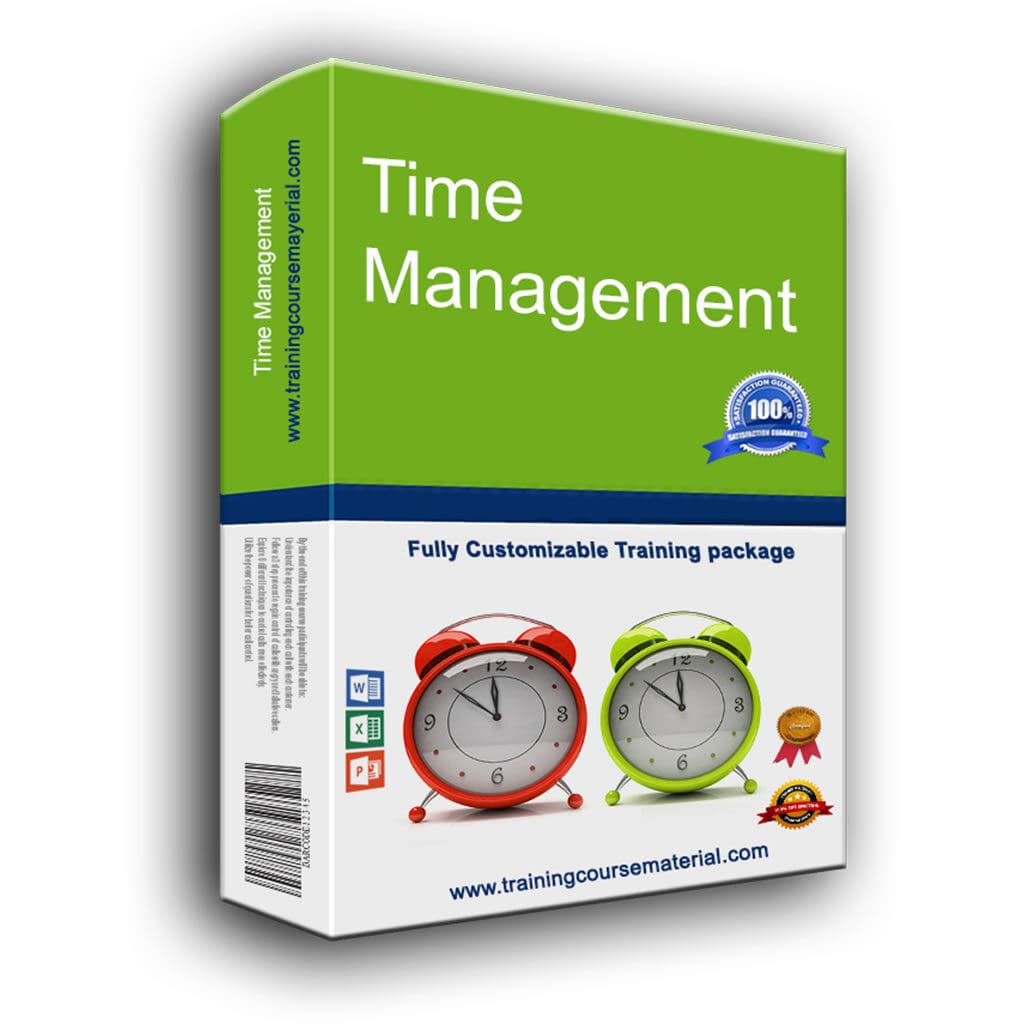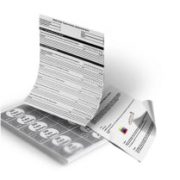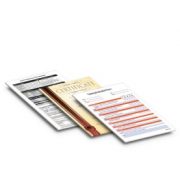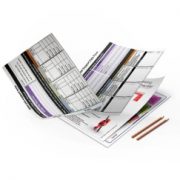Advertising Matters!
There is no doubt that advertising is the main tool for developing brand awareness simply because it allows you to convey your brand promise exactly as you want it be presented. Its a controlled effective way of reaching out to your customers and potential customers whether at their homes, offices, cars, mailboxes …etc.
What Does Good Advertising Do?
Good Advertising is meant to strengthen the emotional connection of your customers to your brand or create enough interest and grab enough attention of potential customers leaving a positive and memorable impression in their minds and hopefully become curious about it . Good advertising is an investment that pays off by building awareness and, as a result, equity for your brand. Consistency builds brands
All great brand marketers have this one belief in common ” Consistency builds brands”
Delivering the same consistent brand promise with the same look and feel across all your marketing communication channels is pivotal for the success of your brand. This is what enables you to develop a marketing campaign that conveys one strong, clear image and builds one strong, clear brand. and you need this consistency because customers gain confidence in brands that convey a consistent marketing message. If your communication sounds professional one day and on another communication your brand conveys that it’s playful and relaxed , customers will not know what to believe and trust about your business. As a result, they’re likely to turn to a more reliable product source instead.
Customers count on the tone conveyed in ads and marketing materials to be the voice of the business and brand. If your business presents one personality in business magazines, another personality in newspaper ads or online ads for example you will end up confusing your customers and cause them to doubt the consistency of your business in general and consequently question the consistency and reliability of the product or service they will be receiving from you .
To create consistency in your brand communication plan your ads must all carry the same core marketing message in all communications, regardless of the objective or call to action each communication aims to achieve. To help you achieve this consistency you need to very clearly determine the communication tone that you intend to incorporate consistently into all your marketing efforts. This should be a one simple statements that concludes and conveys clearly what kind of tone should all your advertising messages carry for example ” We want our ads to sound confident yet conveys clearly that we are friendly and we put great emphasis on customer service. We want our customers to feel that they can count on us and we want this communicated to them in a very playful, fun, upbeat way”.
Scheduling ads – Overview
Your advertising will pay off once it reaches your target customers and potential customers frequently enough to leave a positive impression and prompt them to take actions, make a buying decision and purchase your products and services. Once you choose the right and the most suitable media vehicle for your ads that are most suitable to your target audiene the next step is planning the right ad schedule which will be discussed next but first lets briefly take a look at balancing ads reach and frequency.
Balancing advertising reach and frequency: Your media schedules should balance two objectives:
Advertising Reach: The size of the audience that will be exposed to your ad. Print media outlets use subscriber or circulation figures to describe their reach, whereas broadcast outlets base their reach on the number of people who see or hear an ad.
Frequency: The number of times the average person is exposed to an ad message over a specified time period of usually one month or less. Most marketers agree that reach creates broad awareness whereas frequency creates recognition, understanding, and responses.
Advertising reach over frequency:
Depending on your advertising plan objectives and budget restrictions, unless you aim to achieve a very wide spread awareness of your brand and what you offer you can plan your advertising schedule to limit your reach and increase frequency by having a more concentrated ads in specific media channels that reach a highly targeted audience on a frequent basis.
Advertising frequency over reach:
The exact opposite is to create a one shot big splash ad for example a full page ad in a newspaper or magazine , TV ad on high prime times. The downside is that even with your ads on these high prime times or locations some or at least a percentage of your top target customers will not be watching or reading so putting all your eggs in one basket or doing the one shot splash will cause you to miss out on the opportunity of ever reaching them again.
There are 3 important facts you should be aware of when planning your ad schedule:
1- To guarantee your ad reaches most of your target customer group you need to run your ad between 9 – 12 times because at any given time , a portion of your potential high target customer group is tuned out, distracted or not in the right mindset to receive your messages properly.
2- Your ad needs to reach your potential customer at least 3 times to achieve your goal of grabbing his/her attention, arouse interest and hopefully action to make a buying decision of your product or service.
3- Most ads need to run or air up between 25 – 30 times to achieve their target.
Making the best out of your advertising budget:
To make the best out of your advertising plan and gain frequency without breaking your budget limits , here are a few ideas :
Concentrate your ads, for example instead of running ads in 6 or seven newspapers , magazines or tv channels, run it three times in the best, most read or most watched ones or instead of running a light newspaper or magazine schedule and a light radio or tv schedule, choose one or the other and run a heavy schedule that achieves better results by concentrating your message by achieving more frequency that can have a more effective and changing effect on your potential customers which will also give you a number of advantages:
– You take advantage of discounted rates offered by media to high-volume advertisers.
– You save on production costs by creating ads for fewer media outlets.
– You increase visibility in your selected outlets, contributing to a perception of brand strength and clout in the minds of the readers or viewers.
– You reach the audiences of your selected outlets on a more frequent basis than would be possible if you were to divide your budget among a longer list of media outlets.
Scheduling ads
Advertisers usually follow one of the advertising scheduling patterns below
1- Continual ads schedules

Continual schedules, which run week-in and week-out for as long as the marketer advertises. They’re used to maintain ongoing awareness. Some continual ad schedules involve ongoing placement of big, splashy ads; for example, an ad may appear on the back cover of every issue of a magazine. However, many continual ad schedules are more economical, involving placement of small-space ads that run on a continuous basis in magazines or local newspapers.
2- Flighting ads schedules

Flighting schedules, which runs ads in bursts. They usually start with a heavy ad buy that makes a strong enough market impression to carry the brand through a dormant ad period. After the dormant period, the marketer comes back in with a light ad schedule to renew awareness, followed by another dormant period and then by a heavy schedule that typically coincides with a buying season or marketing opportunity.
3- Front loading ads schedules

Front-loading schedules, which begin with a heavy ad schedule. They aim to saturate the market with impressions before pulling back to a more economical, maintenance-level schedule that sustains the awareness and interest generated during the schedule launch. Front-loading schedules are a good choice for announcing new brands or business openings, promoting new products, or revitalizing lagging sales.
4- Heavy up ads schedules

Heavy-up schedules, which are similar to front-loading schedules except that they involve several saturation ad periods, also known as ad blitzes. They’re used to create and keep a high level of market awareness by alternating intense ad schedules with low-level continual schedules in between.
5- Pulsing ads schedules

Pulsing schedules, which run ads on an on-and-off basis. On a sustaining basis, the marketer runs a moderate schedule, goes dormant, runs another moderate schedule, and then goes dormant again. Pulsing schedules are rarely used for launches or to rev up interest, but rather they’re used to maintain awareness after it’s established.
For more on marketing check out our instant download Marketing Essentials training package.

